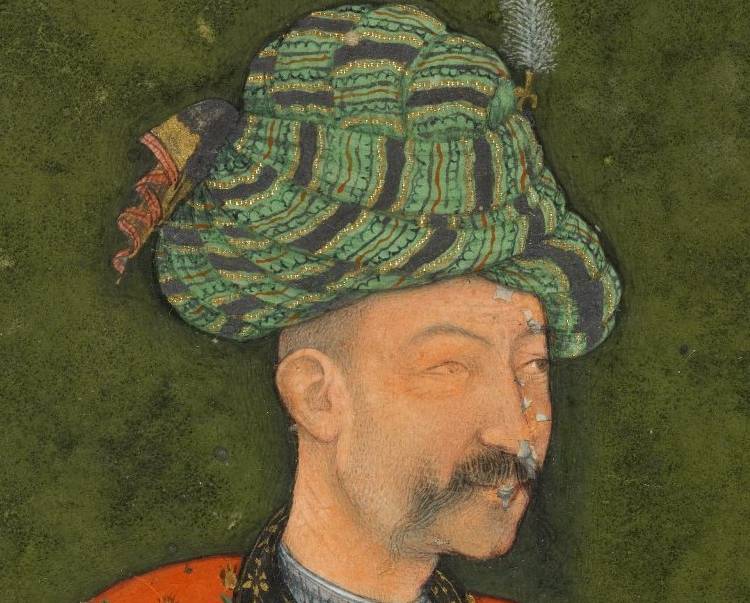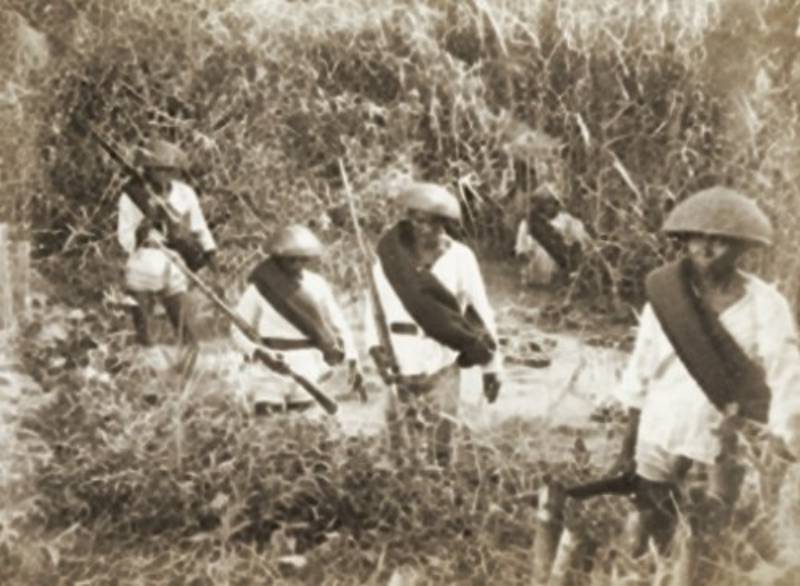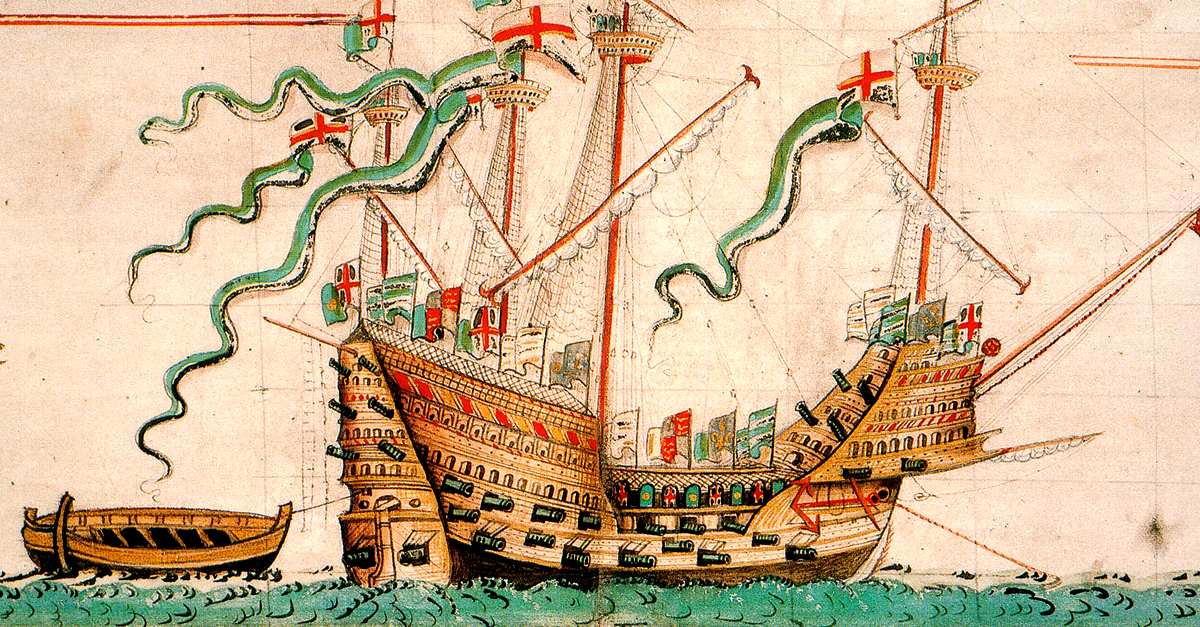The World's Longest Wars
Human history is filled with conflict, and despite a fairly brief period of peace during Roman times, known as "Pax Romana," humans seem destined to fight each other. Here are some of the longest wars in human history.

Xhosa Wars
Lasting 110 years, between 1779 and 1889, the Xhosa Wars were fought between the Xhosa Kingdom in the Eastern Cape, South Africa, and the British Empire. Eventually, the British would win one of Africa's most protracted military conflicts, expanding the Cape Colony in 1889.
 J. J. Redgrave & Edna Bradlow, Wikimedia Commons
J. J. Redgrave & Edna Bradlow, Wikimedia Commons
Norwegian Civil War
Although the Norwegians and Danes are most famous for conquering parts of England and Scotland during the Viking Age, the Norwegians fought amongst themselves in the 110-year Norwegian Civil War, which lasted from 1130 to 1240 and involved over two dozen kings who all claimed the Norwegian throne.
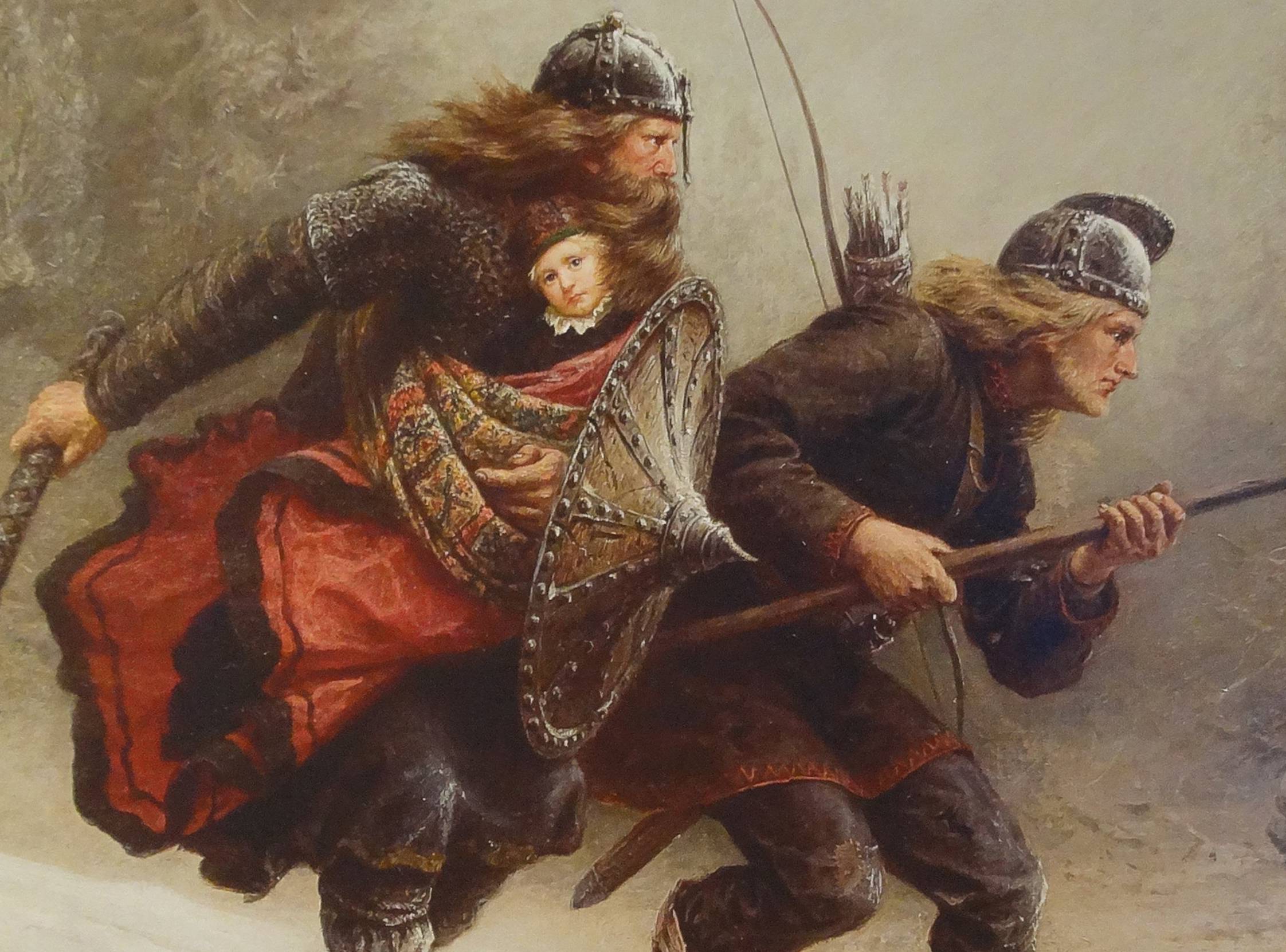 Knud Bergslien, Wikimedia Commons
Knud Bergslien, Wikimedia Commons
Russo–Kazan Wars
The Tsardom of Russia expanded in the mid-15th century, setting its sights on the Khanate of Kazan in modern-day Mongolia. Russia's desire for territorial expansion into the Steppes led to a 114-year conflict between 1438 and 1552, which ended in a Russian victory.
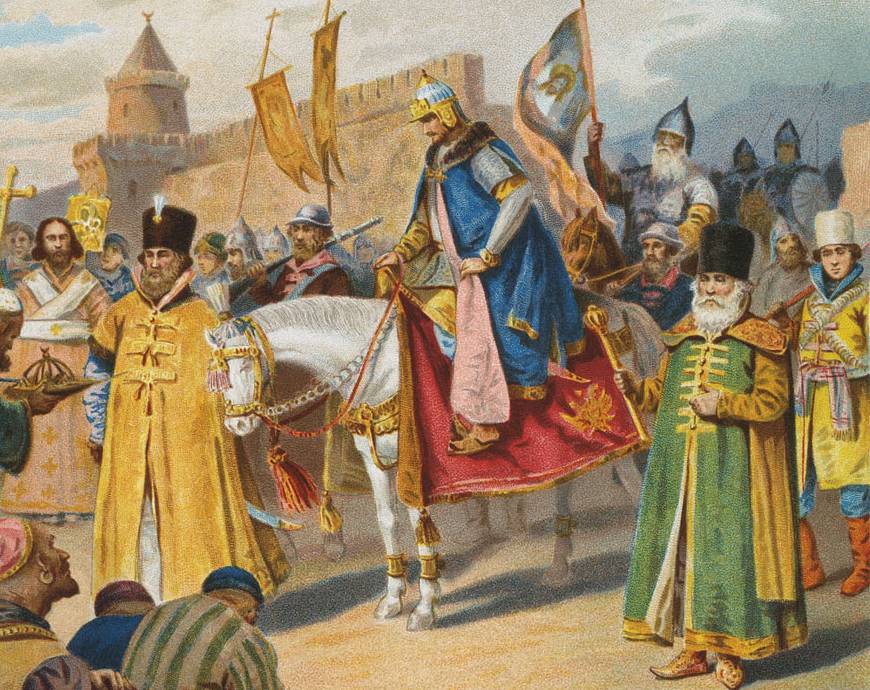 Pyotr Korovin, Wikimedia Commons
Pyotr Korovin, Wikimedia Commons
The Hundred Years War
Known as the Hundred Years War, despite lasting for 116 years, this Anglo-French conflict began when Edward III of England decided to lay claim to the French throne in 1340, being the first English King to do so (the last was in 1802!).
The Hundred Years War would see five generations of kings from each nation fight each other. The French won it, and England lost all territorial claims in continental Europe.
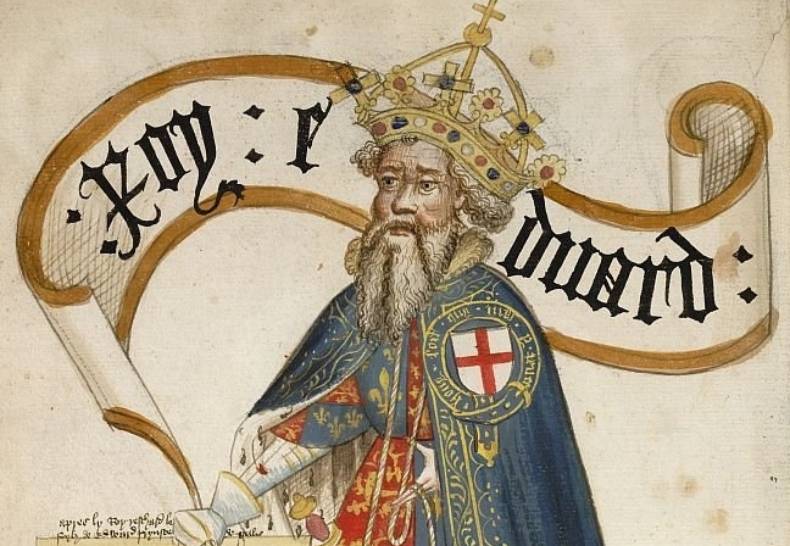 William Bruges (1375–1450), Wikimedia Commons
William Bruges (1375–1450), Wikimedia Commons
Mughal–Sikh Wars
Raging for 118 years, the Mughal–Sikh Wars were a series of conflicts between the Mughal Empire and various Sikh nations between 1635 and 1753. The Mughals saw Sikhism as a threat to their succession line. They also believed it was blasphemous by cherishing saints from Sufism, a form of Islamic mysticism.
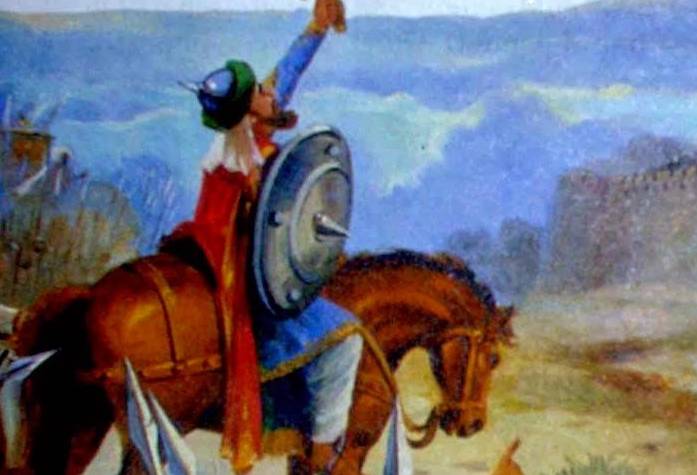 Fateh Singh, Wikimedia Commons
Fateh Singh, Wikimedia Commons
The Second Hundred Years War
The English and French loved fighting each other so much in the 14th century that they did it again in 1689 in various global conflicts, including the American Revolution, the Napoleonic Wars, and the War of Spanish Succession.
The Second Hundred Years War lasted until 1815 when Napoleon Bonaparte was defeated at the Battle of Waterloo.
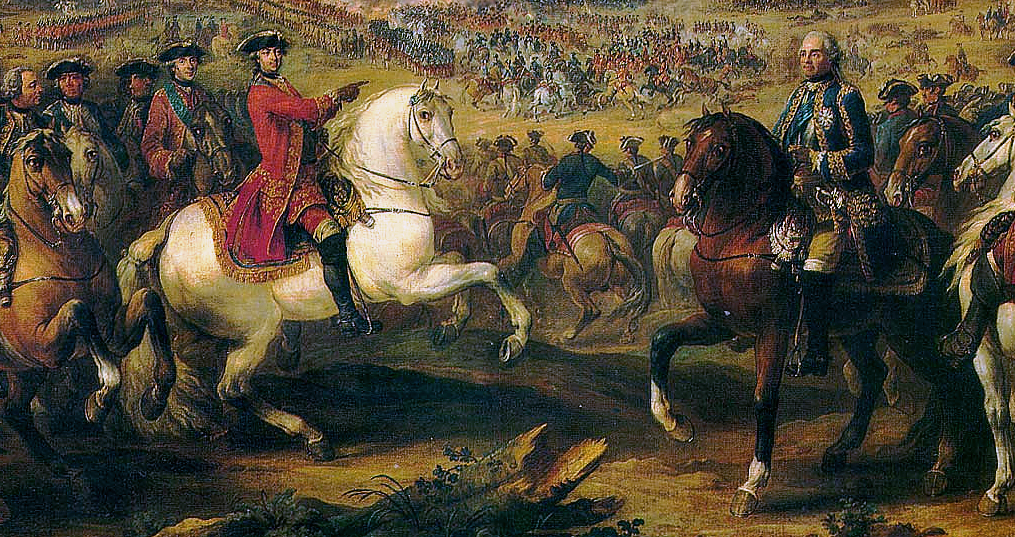 Pierre L'Enfant, Wikimedia Commons
Pierre L'Enfant, Wikimedia Commons
Hook And Cod Wars
Unfortunately, the Hook and Cod Wars were not wars over fish. They were fought over 140 years between 1350 and 1490 in Holland over who should be called the "Count of Holland".
The Cod faction consisted of progressive noblemen, whereas the Hook faction was far more conservative. One of history's major class wars, the Hook and Cod Wars resulted in a resounding progressive victory.
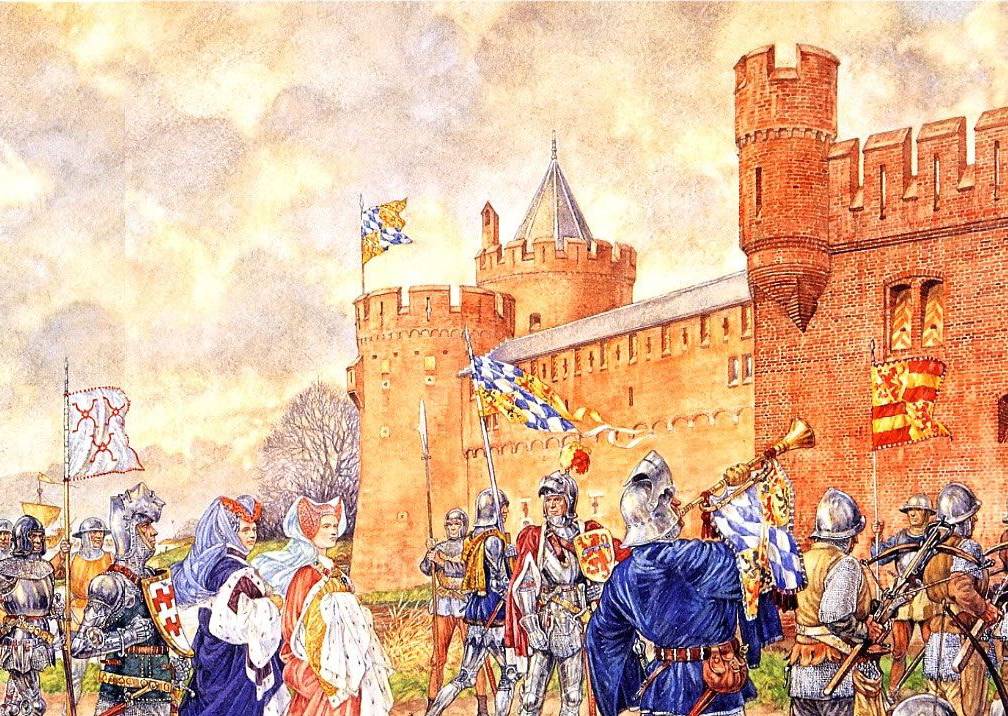 Isings, J.H., Wikimedia Commons
Isings, J.H., Wikimedia Commons
The Australian Frontier Wars
The Australian Frontier Wars lasted 146 years. Indigenous Australians fought against the British Empire as they colonized Australia during this time. The first of these conflicts began in 1788, following the First Fleet's landing and the penal colony's establishment some two years earlier, in 1786.
These intermittent skirmishes and battles led to a total British victory, the establishment of British law and society, and the near-total destruction of the Indigenous Australian population and way of life. The conflicts finally ceased with the Federation of Australia in 1934.
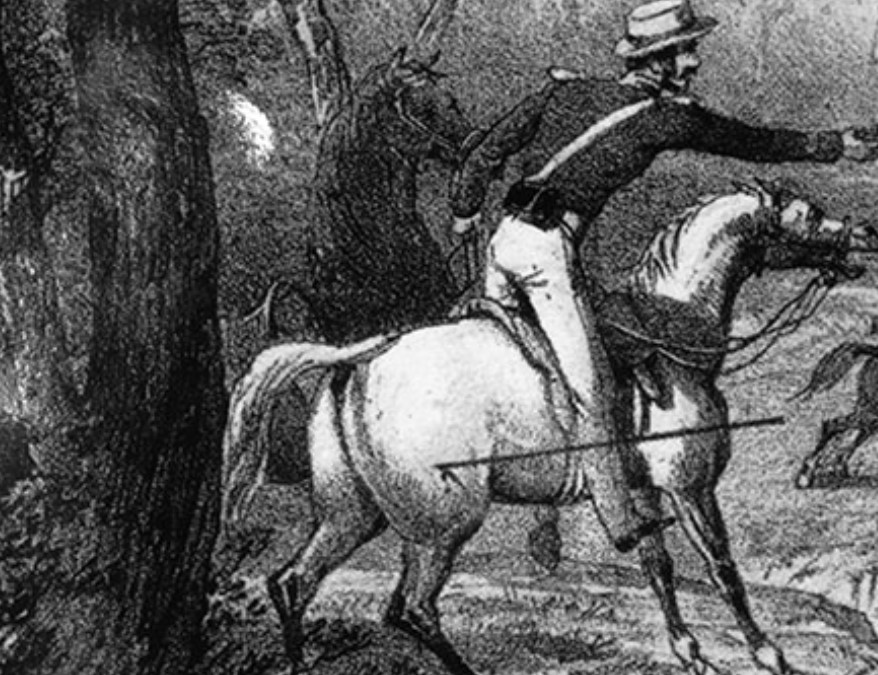 W.Walton after Louisa and Godfrey Charles Mundy, Wikimedia Commons
W.Walton after Louisa and Godfrey Charles Mundy, Wikimedia Commons

Sign up to our newsletter.
History’s most fascinating stories and darkest secrets, delivered to your inbox daily. Making distraction rewarding since 2017.
The Anglo–Dutch Wars
Lasting for 148 years, the Anglo–Dutch Wars were almost exclusively fought on the high seas, with the first Anglo–Dutch War taking place in 1652 and the final, fourth war concluding in 1784. The wars were mostly over trade and control over colonies around the world.
 Reinier Nooms, Wikimedia Commons
Reinier Nooms, Wikimedia Commons
The Ottoman–Hungarian Wars
The Hungarians always seemed to receive the short end of the proverbial colonial stick. This began with the 160-year Ottoman–Hungarian Wars of 1366 after the Ottoman Empire conquered Western Bulgaria. Unfortunately for the Hungarians, they lost decisively, and the country was divided between the winning Ottomans and the German Habsburgs.
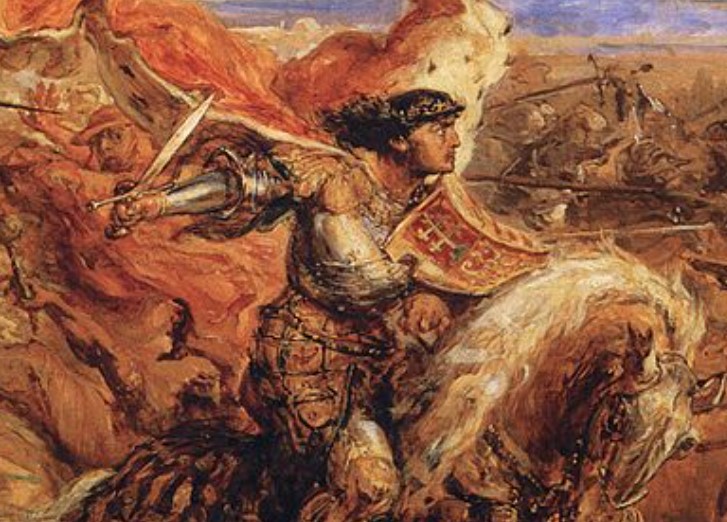 Jan Matejko, Wikimedia Commons
Jan Matejko, Wikimedia Commons
Russo–Persian Wars
The Russo–Persian Wars lasted 177 years and saw the expanding Russian Empire run headlong into the Persian Empire. The conflicts concerned who owned the territory in the Caucasus Mountains: modern-day Georgia, Azerbaijan, Armenia, and Dagestan.
Franco–Moroccan Wars
While the French influence in Morocco is stark, it didn't begin in a vacuum. Although the French colonized Morocco in 1912, the two countries were at war and fought various battles from 1765 until 1958, a period that lasted an incredible 193 years.
The Franco–Moroccan conflict ended in 1958 when French forces surrendered Mauritania to Morocco.
 Artiste inconnu., Wikimedia Commons
Artiste inconnu., Wikimedia Commons
Polish–Teutonic Wars
The Polish–Teutonic Wars are the first on our list to last more than 200 years. Lasting between 1308 and 1521, the Kingdom of Poland and the ancient German medieval military order known as the Teutonic Order fought multiple conflicts over territory that now comprises Poland, Latvia, and Lithuania.
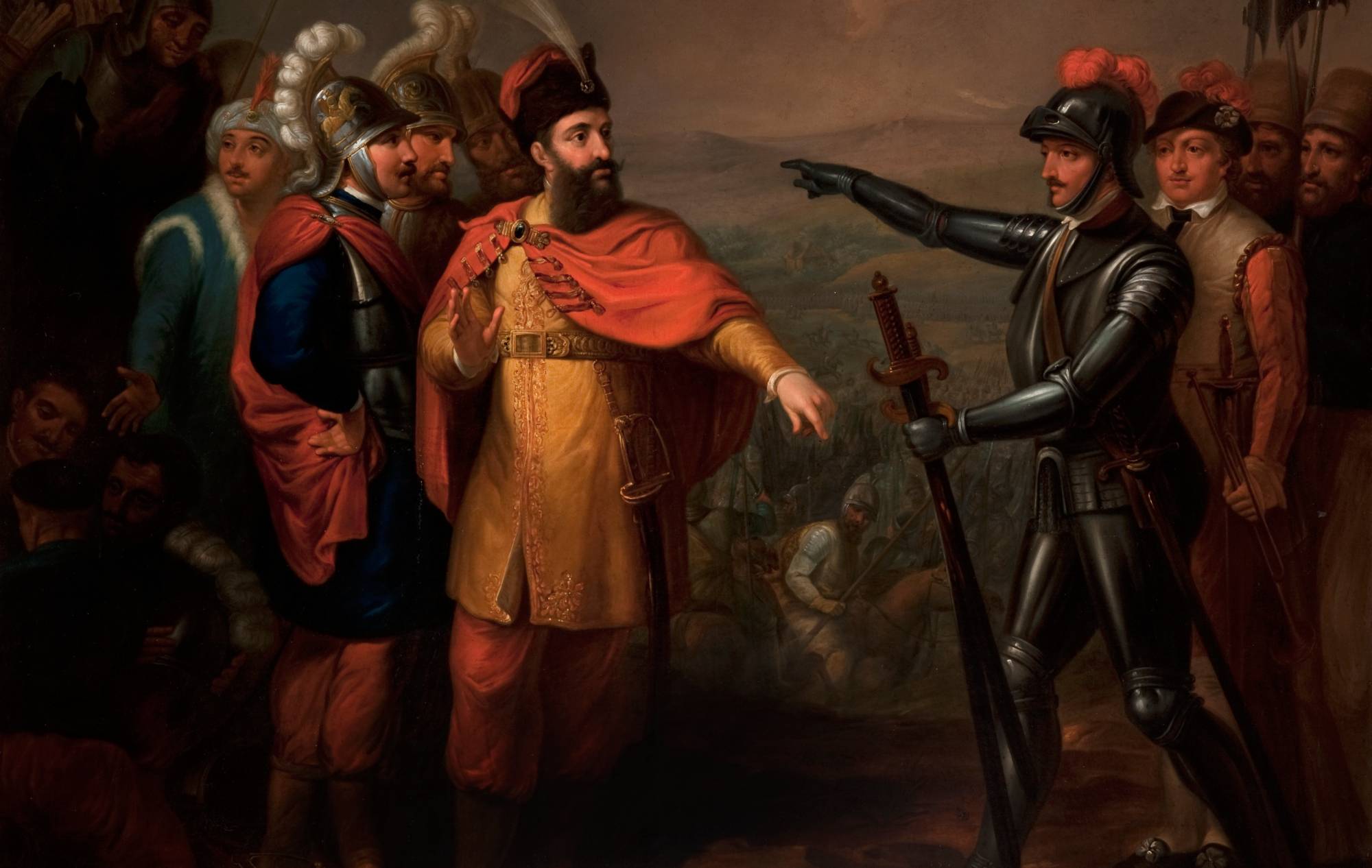 Joseph Peszka, Wikimedia Commons
Joseph Peszka, Wikimedia Commons
Muslim Conquests Of Afghanistan
Beginning with the expansion of the Persian Empire in 642 AD, the Muslim conquest of Afghanistan lasted 228 years, from 642 to 870 AD, and involved a series of wars and religious conversion from Zoroastrianism to Islam.
 James Rattray (1818-1854), Wikimedia Commons
James Rattray (1818-1854), Wikimedia Commons
Chechen–Russian War
One of history's longest wars is also one of its most recent—the Chechen–Russian conflict lasted 232 years between 1785 and 2017. In 1785, the Russian Empire was expanding and wreaking havoc in the region of Chechnya, causing the Chechen people to revolt. This began a series of small wars, culminating in 2017 with the end of the Second Chechen War, as proclaimed by Russia.
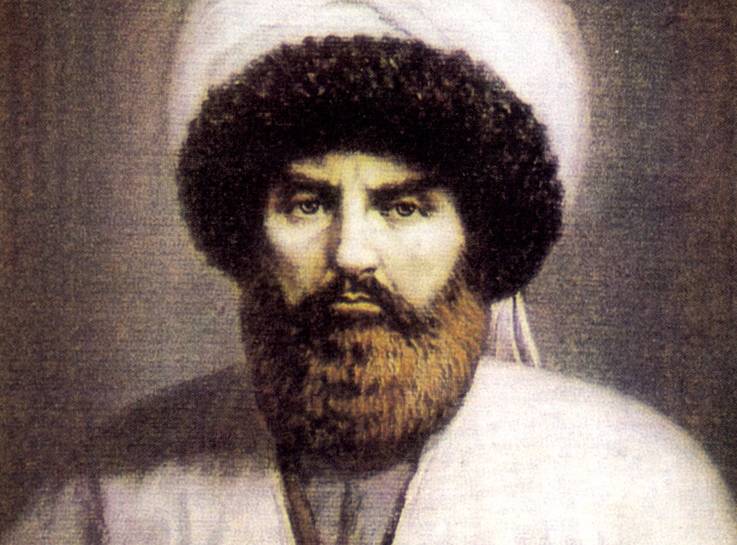 Unknown Author, Wikimedia Commons
Unknown Author, Wikimedia Commons
Byzantine–Seljuk Wars
The Byzantine–Seljuk Wars were a series of Middle Age conflicts fought between the Seljuk Empire, comprising most of modern-day Turkey and Syria, and the Byzantine Empire, stretching over most of the territory controlled by the Romans.
The Byzantine–Seljuk wars began in 1048 and lasted for 260 years until the Seljuk Empire was defeated in 1260.
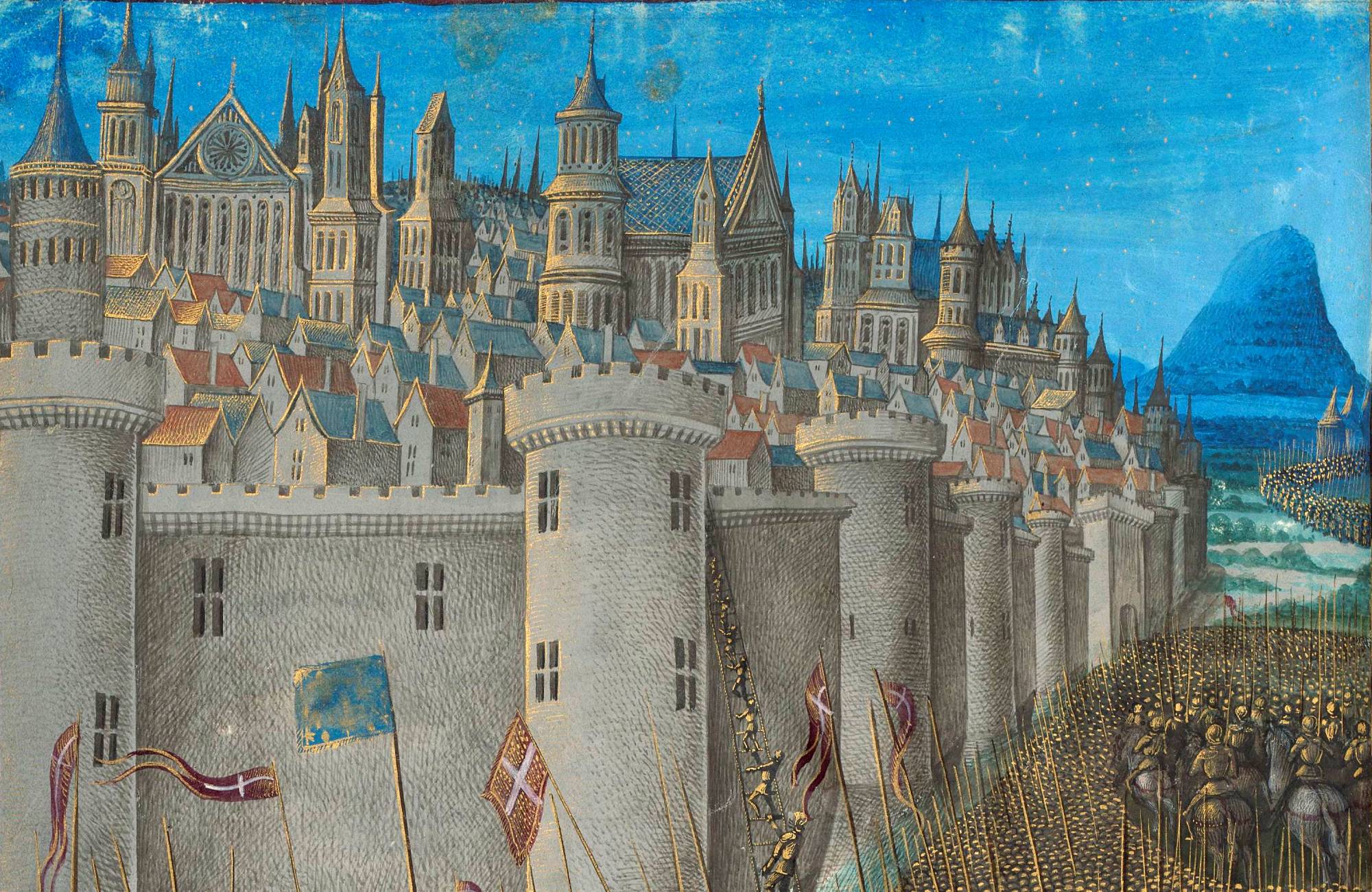 Jean Colombe, Wikimedia Commons
Jean Colombe, Wikimedia Commons
Ottoman–Habsburg Wars
After the Ottomans were done fighting the Hungarians, they found a new enemy in the Habsburg monarchy that ruled over much of Austria, Hungary, Germany, and dozens of other lands from the 13th to the early 20th century.
The Ottoman–Habsburg Wars saw the two empires fighting over Hungary, Croatia, Serbia, and Transylvania in a war that lasted 265 years from 1526 until 1791.
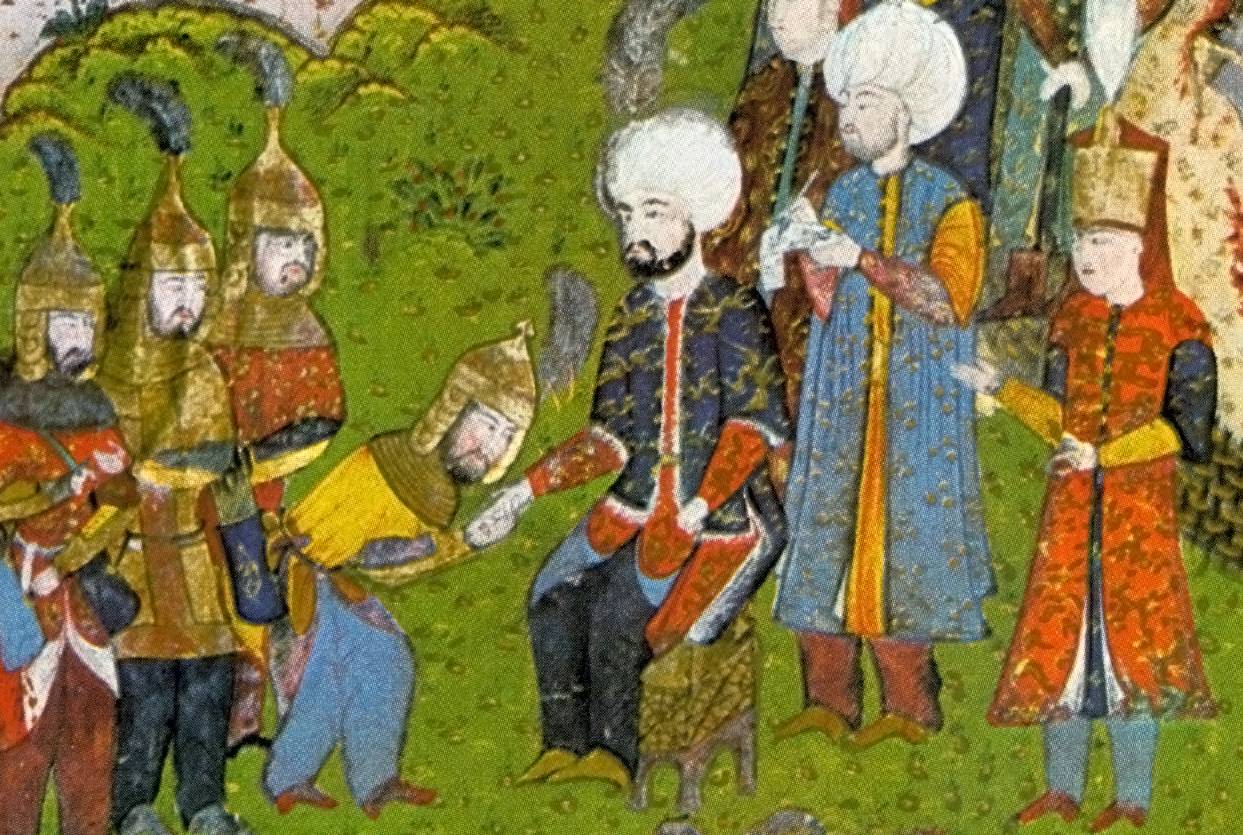 Topkapı Palace, Wikimedia Commons
Topkapı Palace, Wikimedia Commons
Navajo Wars
The collective name "Navajo Wars" is given to a series of anti-colonial wars fought by the Navajo Indigenous American tribe against Spanish, Mexican, and American colonial powers.
Beginning in 1600 when the Spanish colonizers arrived and concluding in 1866, it ended when Chief Manuelito, the last Navajo warring warrior, surrendered to American forces, bringing an end to 266 years of war.
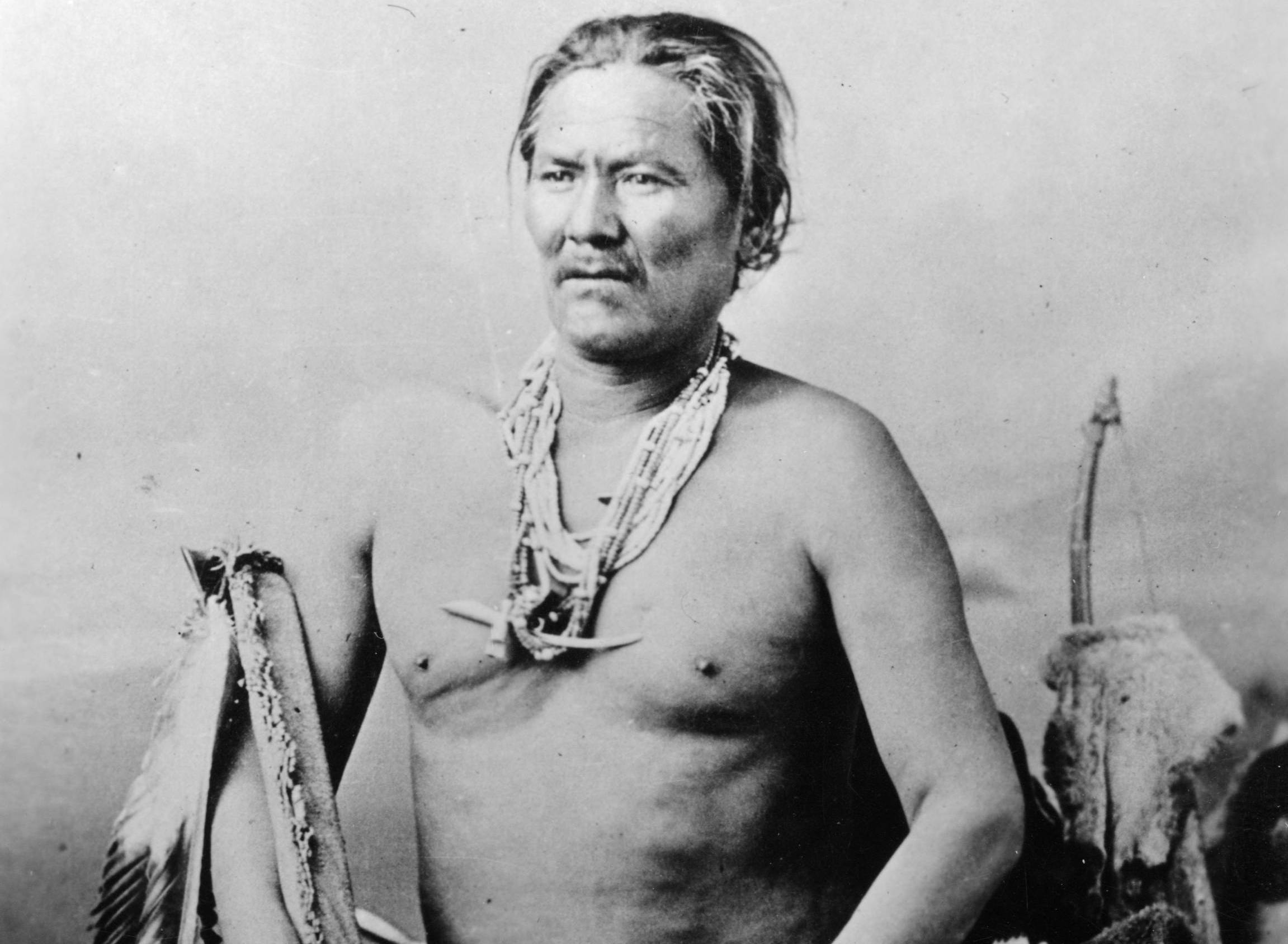 Unknown Author, Wikimedia Commons
Unknown Author, Wikimedia Commons
Ottoman–Persian Wars
The Ottomans had to fight to keep their empire—the same could be said for the Persians. So, when these two vast imperial powers went to war, it was destined to be long. The Ottomans went to war with five dynasties of Iranian leaders.
Lasting for 309 years between 1514 and 1823, it ended when the Treaty of Erzurum settled boundary disputes between the two powers. Did you know that modern-day Turkey–Iran and Iraq–Iran borders were settled during this war? They were drawn up by the Treaty of Zuhab in 1639.
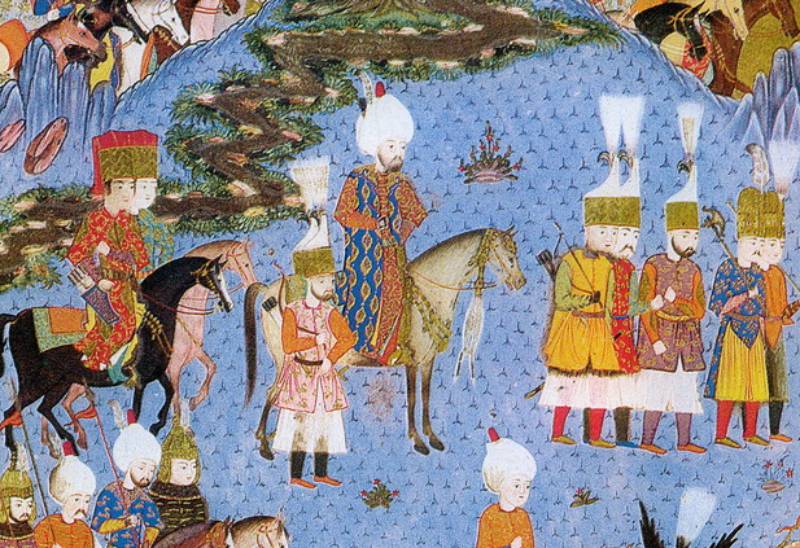 Fethullah Çelebi Arifi, Wikimedia Commons
Fethullah Çelebi Arifi, Wikimedia Commons
American Indian Wars
The American-Indian Wars were a series of conflicts spread over 315 years between 1609 and 1924, part of the American expansion into the West and colonial settlement in the United States. Intertwining with the American Revolution and the American Civil War, the war ended with the defeat of the Apache in 1924.
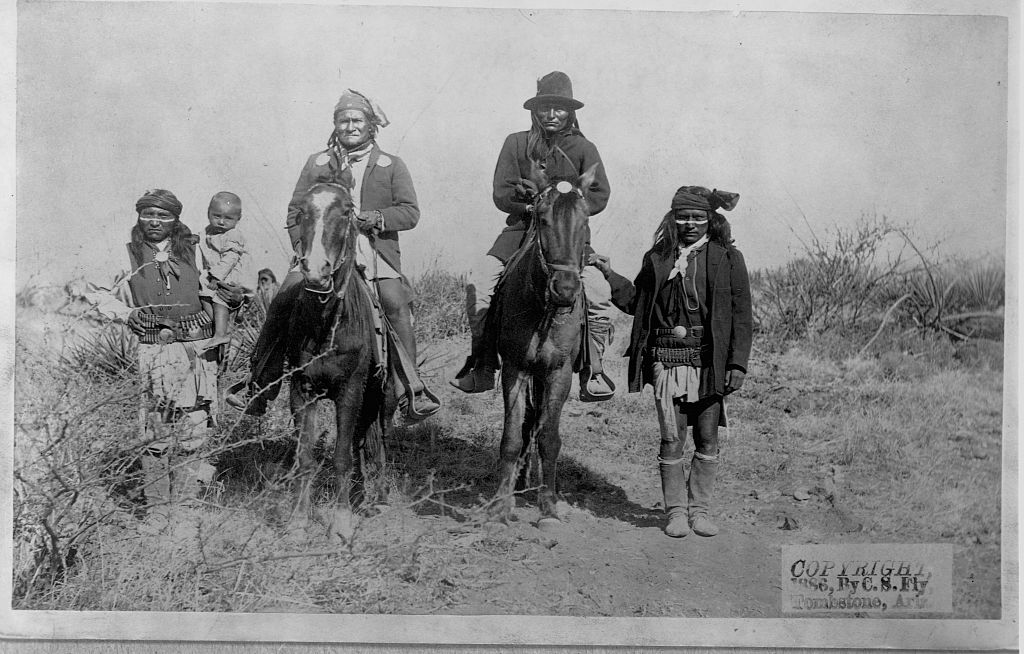 Library of Congress, Getty Images
Library of Congress, Getty Images
Spanish–Philippine Wars
The Spanish–Philippine Wars, better known as the "Spanish Moro Conflict," were a series of battles in the Philippines between the Philippine Muslim population, known to the Spanish as "Moros," and various elements of the Spanish conquistadors.
It began when the Spanish arrived in the Philippines in 1565 and concluded in 1900 when the Spanish ceded Moros’ territory to the United States at the end of the Spanish-American War.
Arauco Wars
The Mapuche people settled the Araucania Region of Chile, but the conquering Spanish decided in 1536 that they'd like a piece of northern Chile for themselves, thus beginning the Arauco Wars. Part of Spain's "evangelization" strategy for South America, the Arauco Wars ended in 1883 following a treaty.
It's said that during the wars, the Mapuche population dropped from half a million to just 25,000.
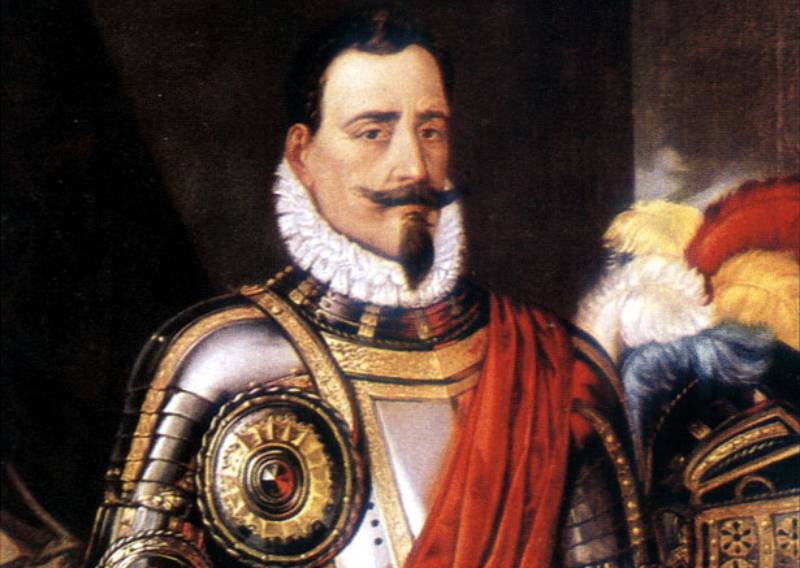 Federico de Madrazo y Kuntz, Wikimedia Commons
Federico de Madrazo y Kuntz, Wikimedia Commons
Russo–Turkish Wars
Fighting over for over 300 years? The Russians and Turks did that at various intervals between the 16th and 20th centuries. Fighting began between the Russian and Ottoman Empires in 1568 after Ivan The Terrible conquered Kazan, and with Peter The Great came more territorial Russian expansion in the following century.
Over the next two centuries, the two countries would fight over various small vassal states and territories, culminating in establishing Turkish/Russian borders in the Treaty of Moscow in 1921.
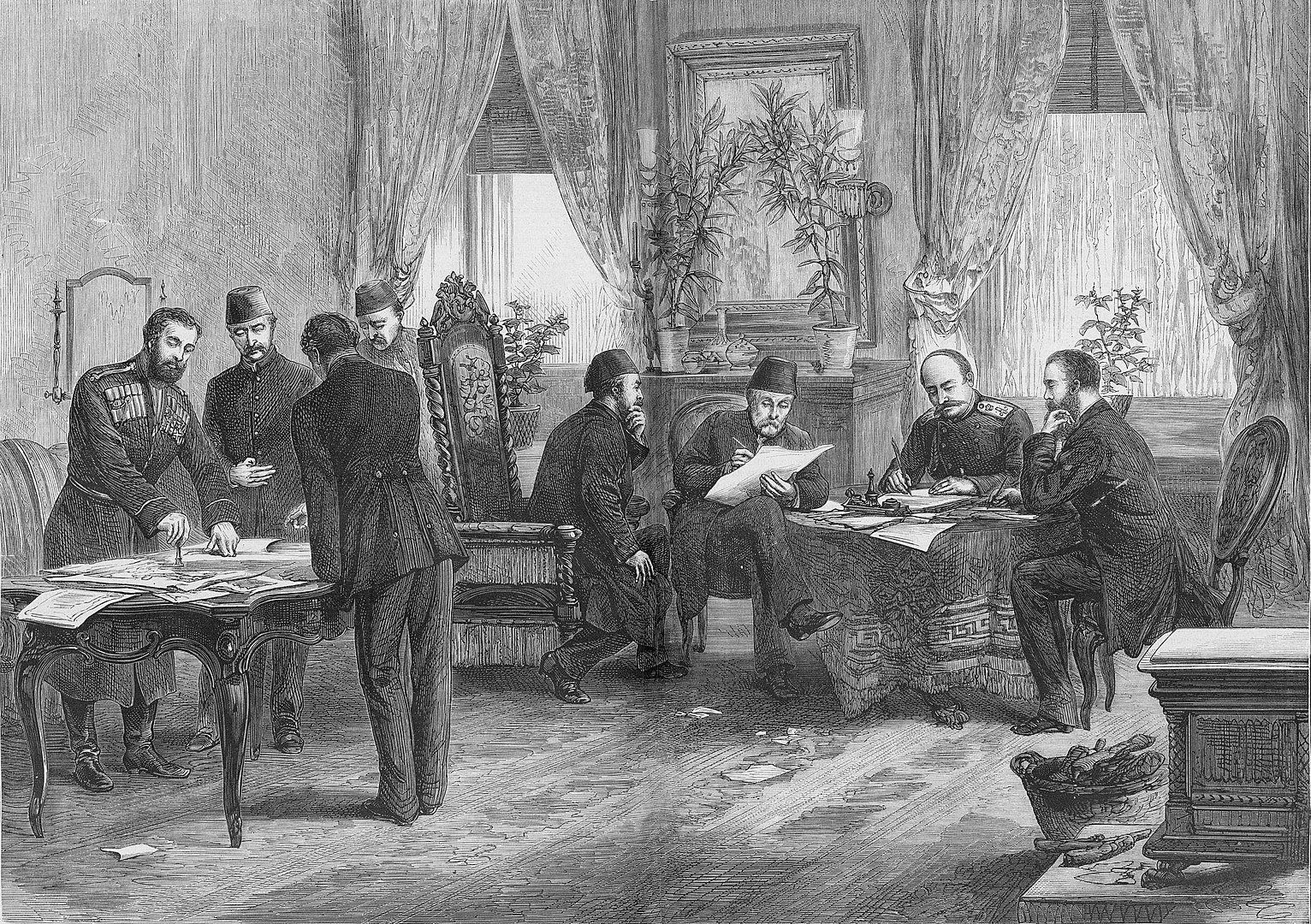 Unknown Author, Wikimedia Commons
Unknown Author, Wikimedia Commons
Yaqui Wars
The Yaqui Wars were a series of anti-colonial wars fought between New Spain (now Mexico) and the Yaqui Indigenous tribe of South America. The wars began in 1533 when the Yaqui people began fighting Spanish conquistadors. They ended in 1929, when the Mexican Army established military bases in all Yaqui strongholds in Mexico, effectively ending the 396-year resistance of the Yaqui People.
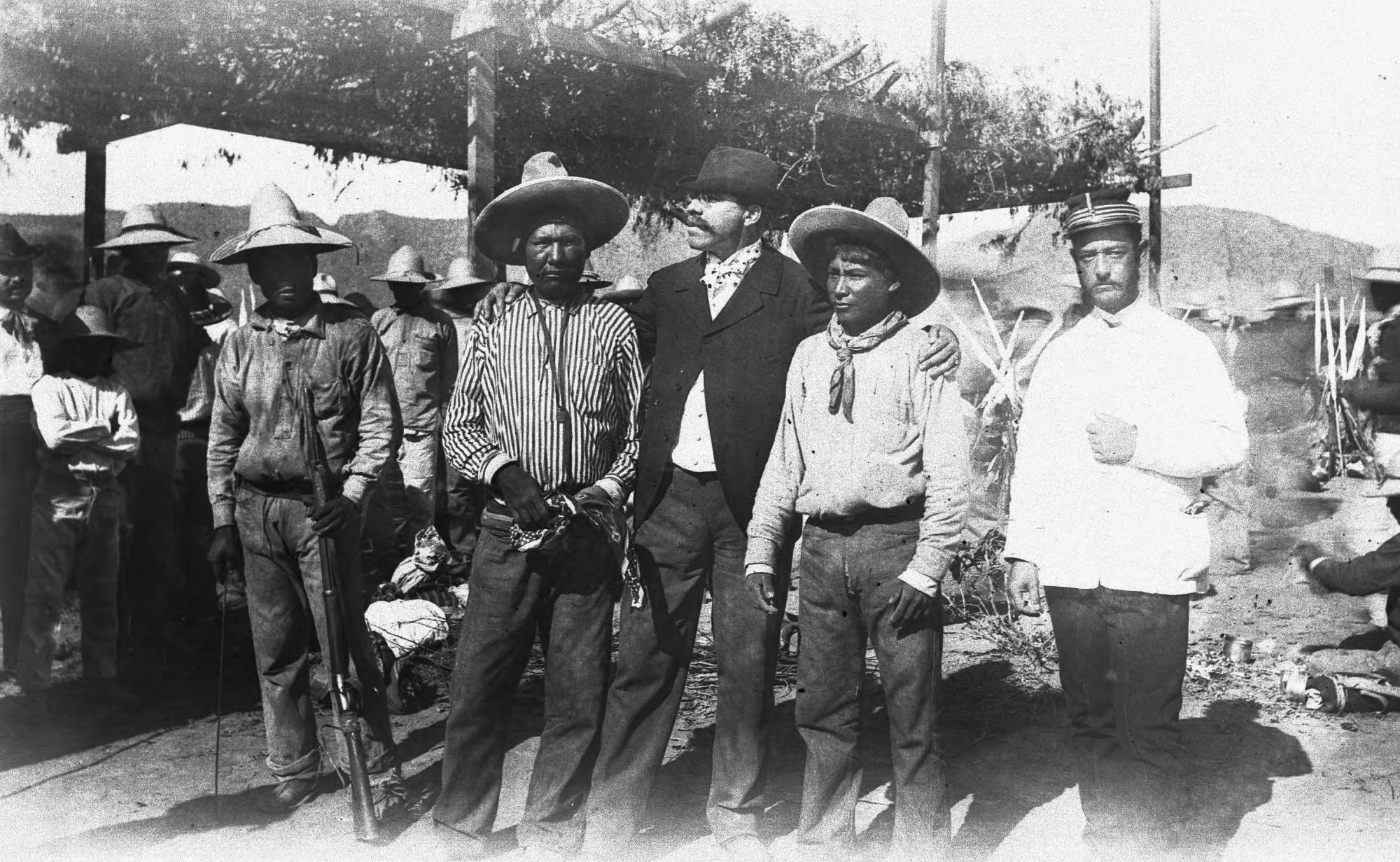 Unknown Author, Wikimedia Commons
Unknown Author, Wikimedia Commons
Byzantine–Arab Wars
The Byzantine–Arab Wars were a series of conflicts that lasted over 400 years between the Byzantine Empire and the Muslim Arab Caliphs. The caliphs sought to conquer the Byzantines and sack their capital, Constantinople.
The wars began in 780 AD when the Rashidun Caliphate attacked the Byzantine Empire's southern cities. They ended when the Turks began attacking both the Byzantines and the Arabs, leading to the conclusion of the war in 1180 AD.
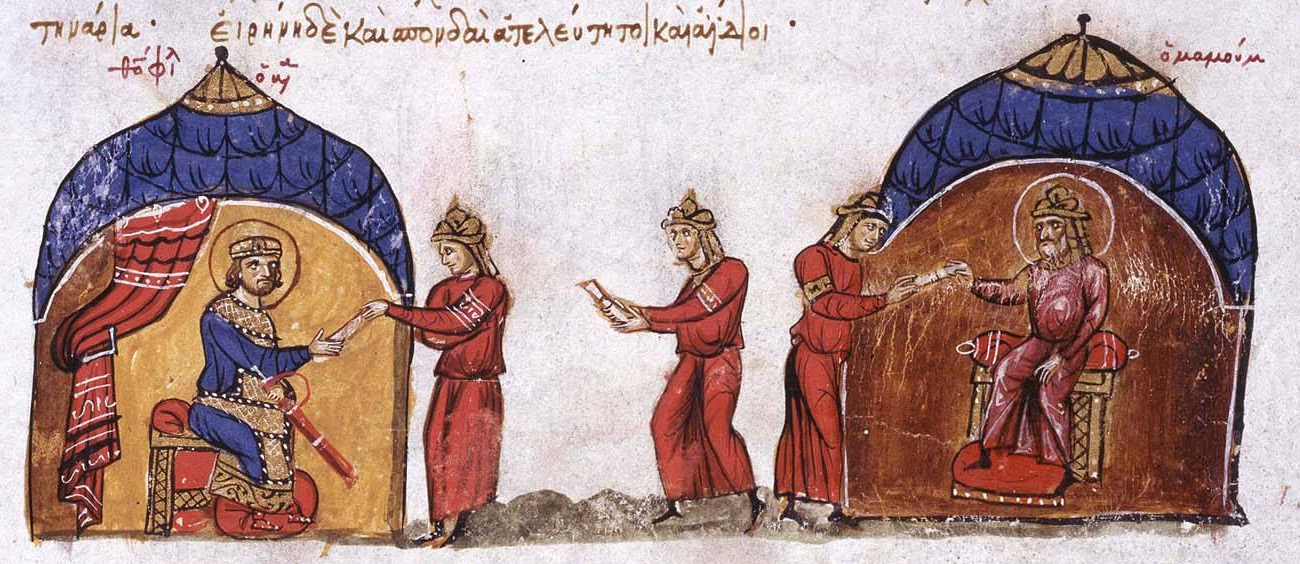 Unknown Author, Wikimedia Commons
Unknown Author, Wikimedia Commons
The Crusades
The Crusades are one of the longest continuous conflicts in human history. They began in 1095 after the Pope granted a Byzantine request for military aid. This set in motion 604 years of conflict, ending with the Fourteenth Crusade in 1699 when the Turkish Empire lost a 15-year war with the Habsburg Monarchy.
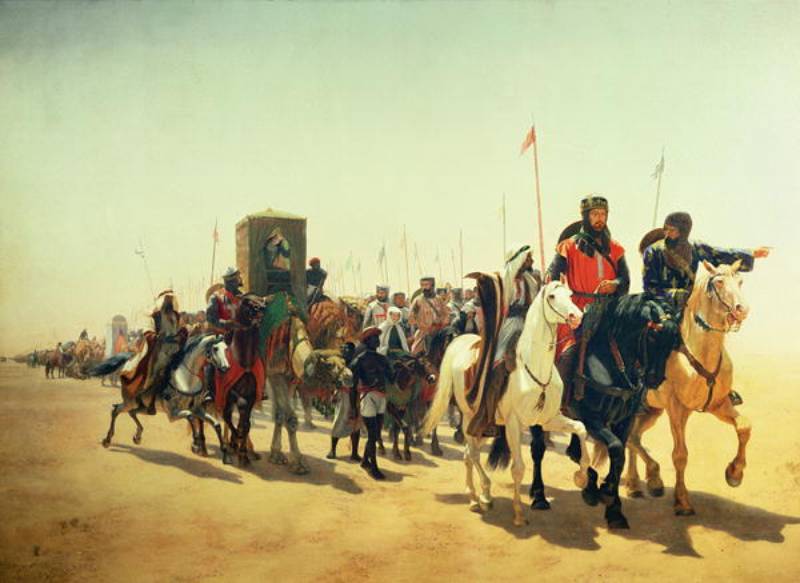 James William Glass, Wikimedia Commons
James William Glass, Wikimedia Commons
The Byzantine–Bulgarian Wars
One of the lesser-known Byzantine conflicts is the 675-year war with Bulgaria. It began after the Bulgarian conquest of the Balkans in 680 AD and ended in 1355, following the rise of the Ottoman Empire, which eventually consumed Bulgaria and Byzantium.
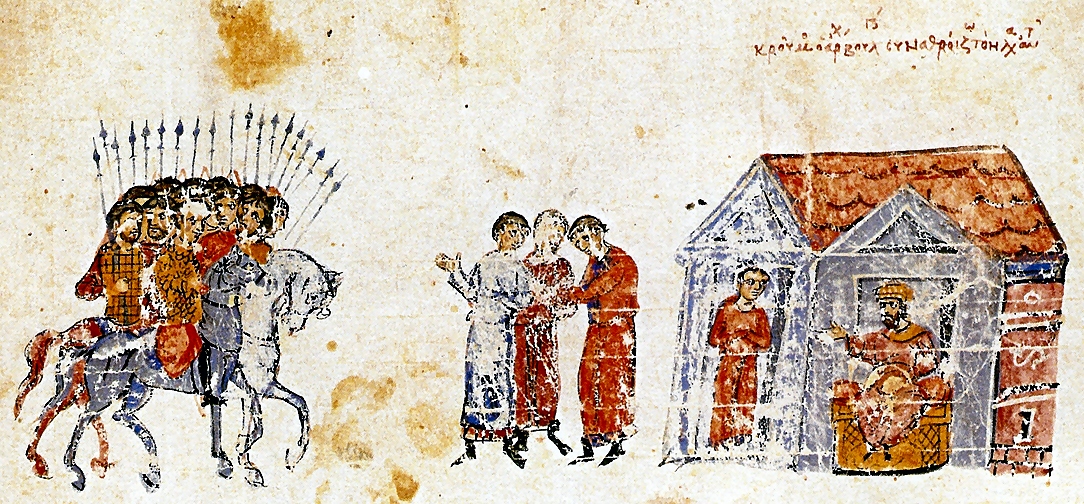 Unknown Author, Wikimedia Commons
Unknown Author, Wikimedia Commons
Roman–Persian Wars
Once again, two great imperial powers went to war. The Roman–Persian Wars occurred between 54 BC and 628 AD, when the Persian Parthian Empire and the Roman Empire began to battle over territory.
The battles continued for 681 years before the Muslim conquests under Muhammad, the founder of Islam, would put an end to the conflict with the conquering of Constantinople.
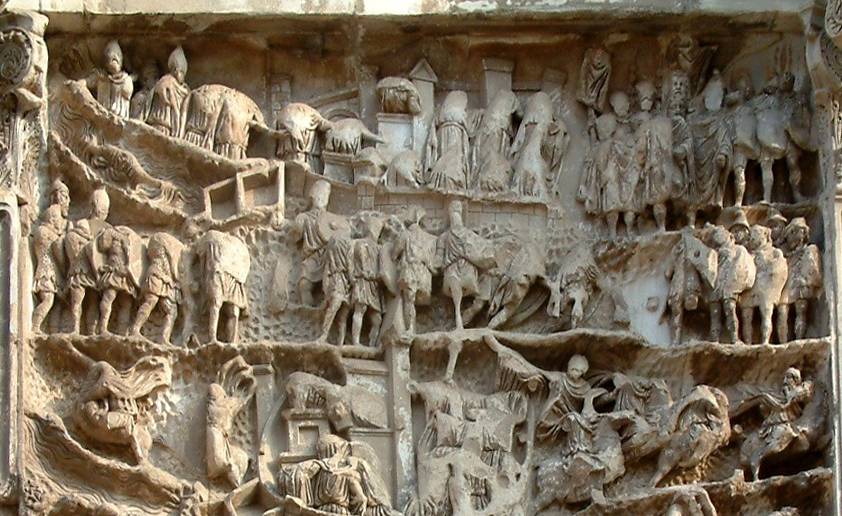 Unknown Author, CC BY-SA 3.0, Wikimedia Commons
Unknown Author, CC BY-SA 3.0, Wikimedia Commons
Roman–Germanic Wars
Romans and Germanic Peoples were at war off and on for eight centuries between 113 BC and 708 AD. This period began with the conquering of the Germanic peoples of Northern Europe in the Cimbrian War of 113. It ended when the Lombards (a Germanic tribe) entered into a truce with the Byzantine Empire.
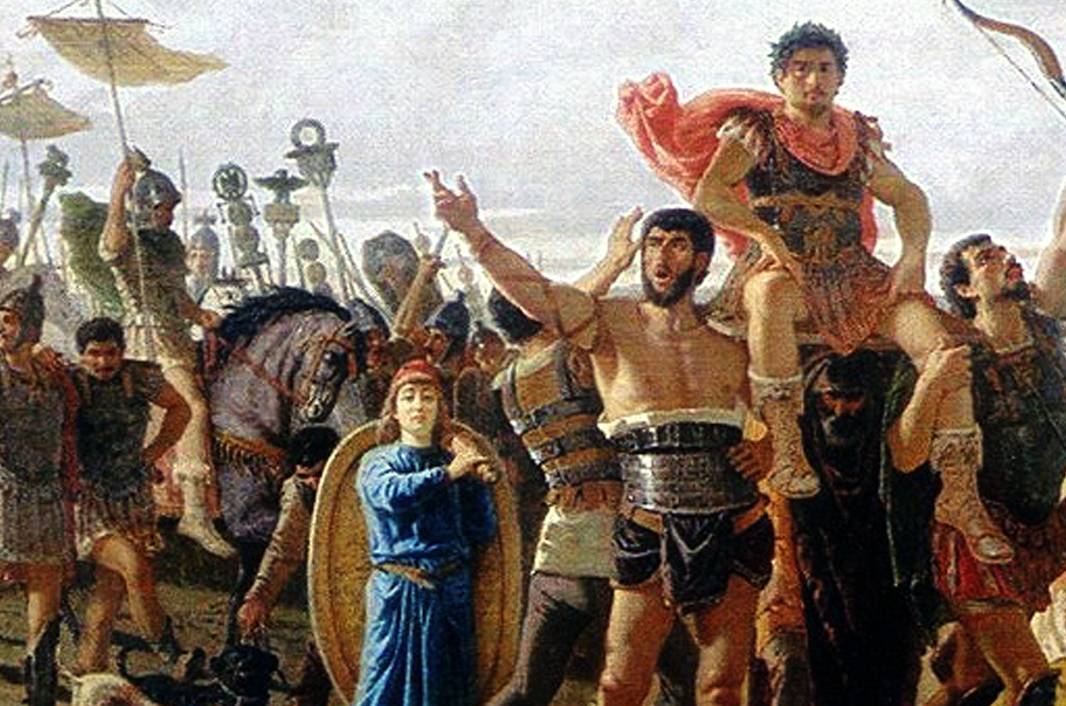 Francesco Saverio Altamura, Wikimedia Commons
Francesco Saverio Altamura, Wikimedia Commons
Reconquista
The Reconquista was a series of wars fought between Christian Kingdoms, mostly in Spain and Portugal, and the Umayyad Caliphate, who captured the Iberian Peninsula (now Spain and Portugal) from the Christians in 772 AD.
The recapturing of this territory took 781 years, culminating in 1492 when Grenada fell from Islamic rule to the Catholic Monarchs of Ferdinand II of Aragon and Isabella I of Castile.
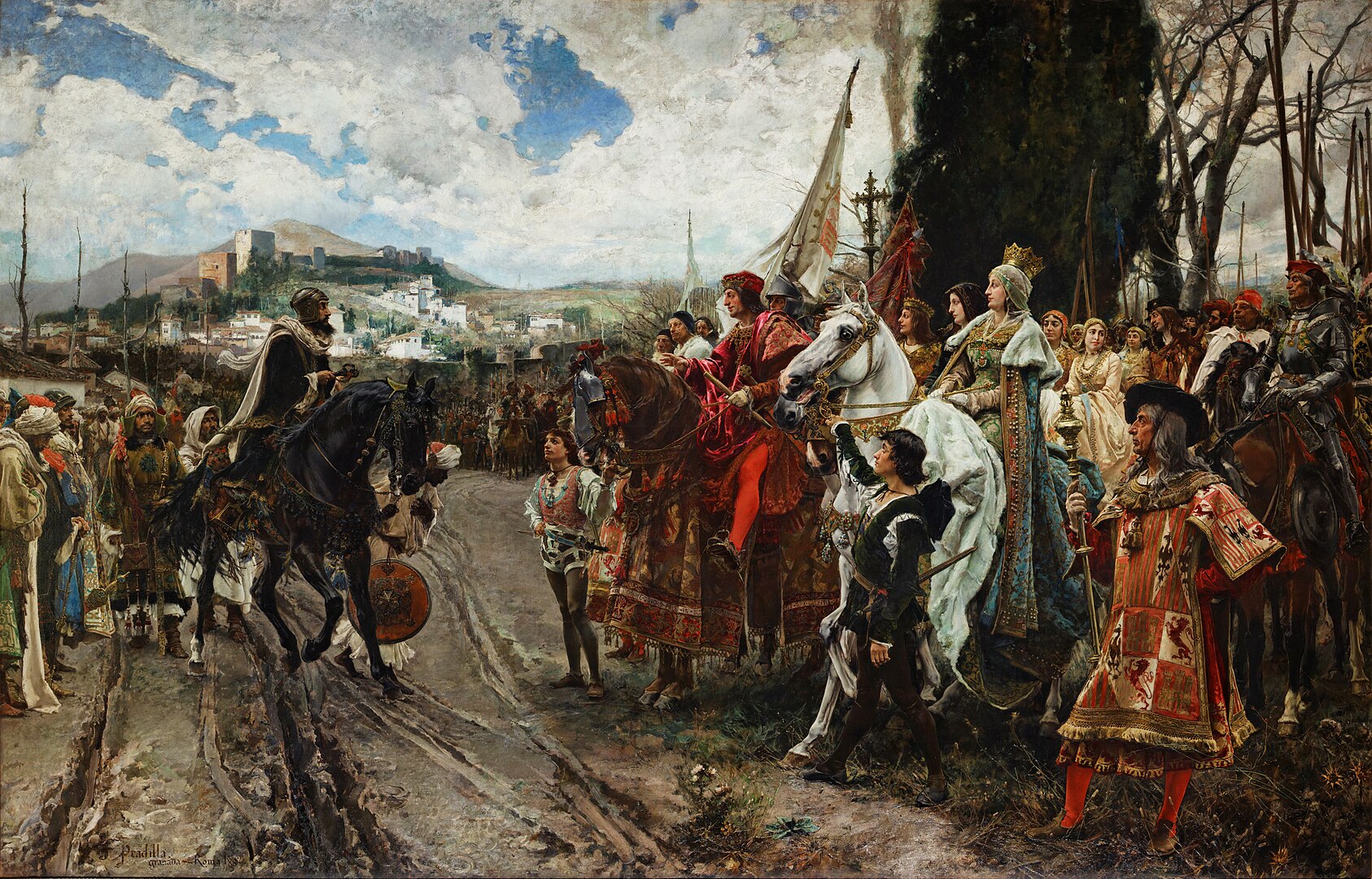 Francisco Pradilla y Ortiz, Wikimedia Commons
Francisco Pradilla y Ortiz, Wikimedia Commons
335 Years At War, Not A Shot Fired
The Dutch–Scilly War lasted 335 years and involved the Dutch Government and the Isles of Scilly, a small island off the coast of Cornwall, England. During the English Civil War, the Royalists captured the Isles and used them as a base to launch raids on Dutch trading ports.
Dutch admiral Maarten Tromp declared war on the Isles of Scilly in 1651. A peace treaty was eventually signed between England and Holland in 1986. The best part? Nobody fired a shot during the "war."


